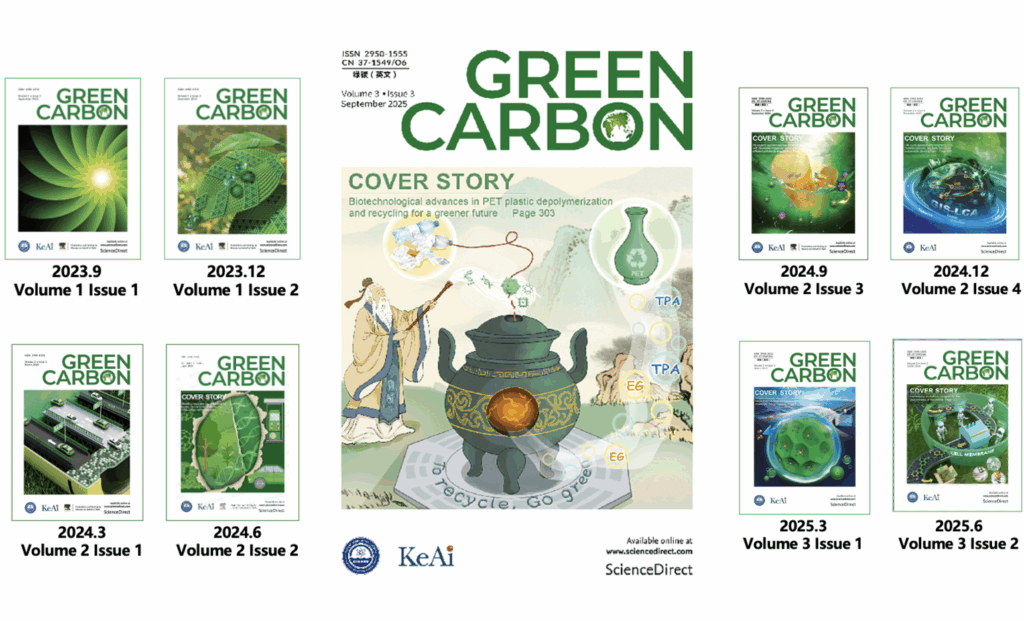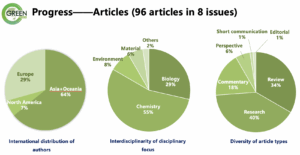https://japan.visitbeijing.com.cn/article/4IIUyyUiwCY
Qingdao’s Port is currently one of the most automated and efficient automated wharves in the world. It began its climb to the pinnacle of global port technology in 2013. In 2017, the first phase of the fully automated container terminal began operation. At the end of 2023, the Qingdao Automated Terminal was put into operation. It has progressed to full automation. As a fully automated container terminal and a “hydrogen + 5G” smart green terminal, the terminal has improved work efficiency by 30% and reduced manpower by 80%. The average loading and unloading capacity has reached 36.2 containers per hour, and the highest efficiency has reached 60.2 containers per hour





